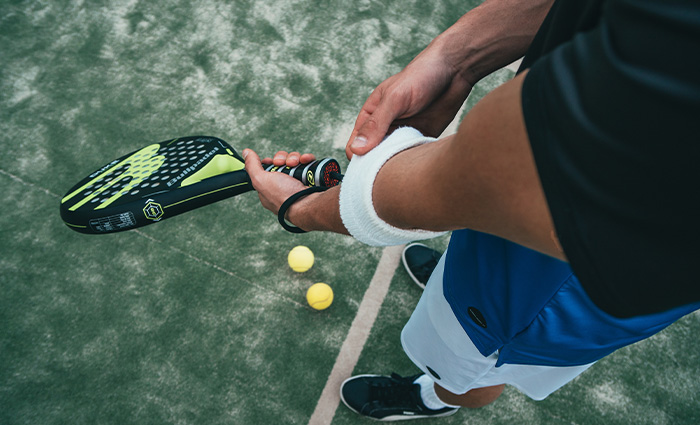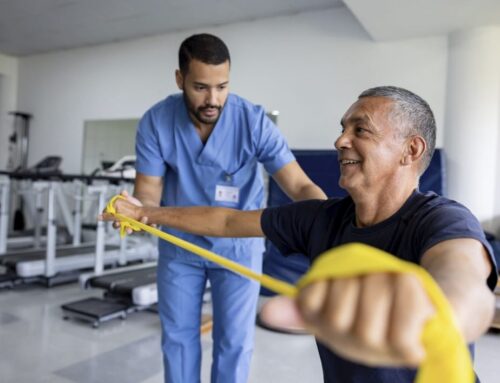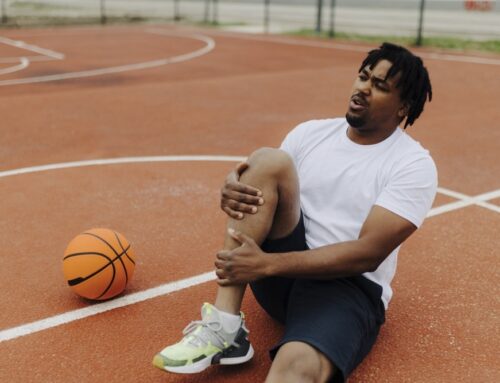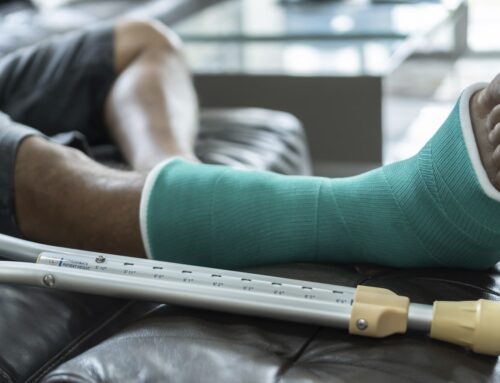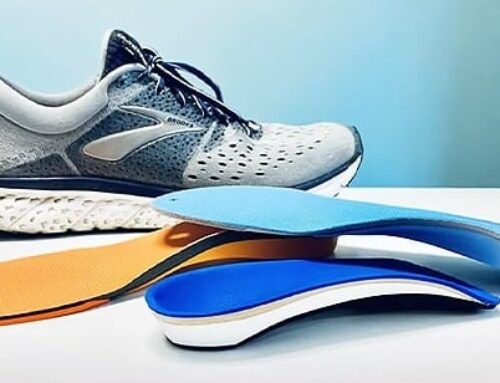Tennis elbow affects about 1% to 3% of the world’s population. And while that does not seem like many people, it makes a difference for tennis players because about 10% to 50% of these players will get it. And fun fact, about 5% of these cases are not tennis players. So now you may be wondering, what is tennis elbow? Tennis elbow (or lateral epicondylitis) is a painful condition that occurs when a person overuses their elbow. In most cases, it is an inflammation of the tendons that join the forearm to the outer elbow. However, in some cases, it can also involve micro-tearing. If you want to learn more about tennis elbow, keep reading!
What causes tennis elbow?
The main cause of tennis elbow is the overuse of the arm, where repetitive movements (usually over years) wear and tear down the tendons. This wear and tear weaken the extensor carpri radialis brevis (ECRB) muscle. This muscle stabilizes the wrist when you extend and straighten your forearm. The more and more you overuse this muscle, the more you tear or strain it. Eventually, with overuse, it will cause significant pain and discomfort. While it may affect tennis players the most, it does affect many other people with rigorous activities like carpenters, painters, sculptures, artists and plumbers.
What are the symptoms of tennis elbow?
Unfortunately, with tennis elbow, some symptoms cause major pain for patients. Some of the common tennis elbow signs include pain or burning on the outside of the elbow, weakened grip strength and difficulty shaking hands or holding objects. You also may experience pain while lifting items, making a fist, opening a door, raising your hand, straightening your arm, bending your arm and writing. If you are experiencing any of these issues, you need to contact your doctor right away. From there, your doctor will perform different scans and tests to understand where the pain is coming from and what treatments would work best for you.
What are the treatment options for tennis elbow?
Luckily, if you have tennis elbow, you have many different treatment options. The first treatment your doctor will try on you is non-surgical procedures. On average, about 80% to 95% of tennis elbow patients have success. Your doctor will tell you to rest from physical activities and heavy lifting while treating this condition. They may also prescribe medications to help with the pain or give you a brace to stabilize your wrist. Another option they will suggest is physical therapy.
In physical therapy, they will go over some stretches and exercises that will help alleviate your pain. Some common exercises include fist clenches, supination with a dumbbell, wrist extension, wrist flexion and towel twists. If you have a physical therapist, they will explain and show you how to do all these exercises. If you’d like to try a few exercises that are safe to do at home, use this helpful guide.
However, not all cases can go away with at-home treatment and exercises. Instead, more severe cases may call for steroid injections and even surgery. Your doctor will suggest these to you if the options above do not alleviate your pain. In surgery, they will remove parts of the damaged tendon. After surgery, you will need to follow your doctor’s care instructions.
What are some tips to avoid tennis elbow?
Whether you are trying to avoid it completely or wish to never have it again, there are many ways to avert tennis elbow. There are many stretches and exercises that you can try out to avoid this awful pain. In general, you will want to learn how to use your shoulder and upper arm muscles when doing tasks, stay away from bending or straightening your arm all the way and warm up your arms before doing any physical activity.
If you are working, you will want to avoid bending your wrists as much as possible. You can always talk to your boss about rotating to another job or stick to smooth and fluid movements when picking up items. If you use many tools, you will want to wear gloves with additional padding to absorb any shock. And while holding the tools, you will want a looser grip. And, if you go back to the courts, you will want to use the right racquet (lightweight, softer strings and larger grip), use a two-handed backstroke, and ask a coach to help you with your form.
Treatment for tennis elbow in Cary and Raleigh
Do not let tennis elbow stop you from enjoying the sport you love or your life. By following the steps above, you can help you learn how to cope and heal this disorder. Would you like more information or a doctor to help you find the right treatment? Contact the elbow specialists at Cary Orthopaedics today to gain a diagnosis and learn more about your treatment options. Our highly-skilled orthopaedic team has been treating elbow-related conditions and injuries for years.

